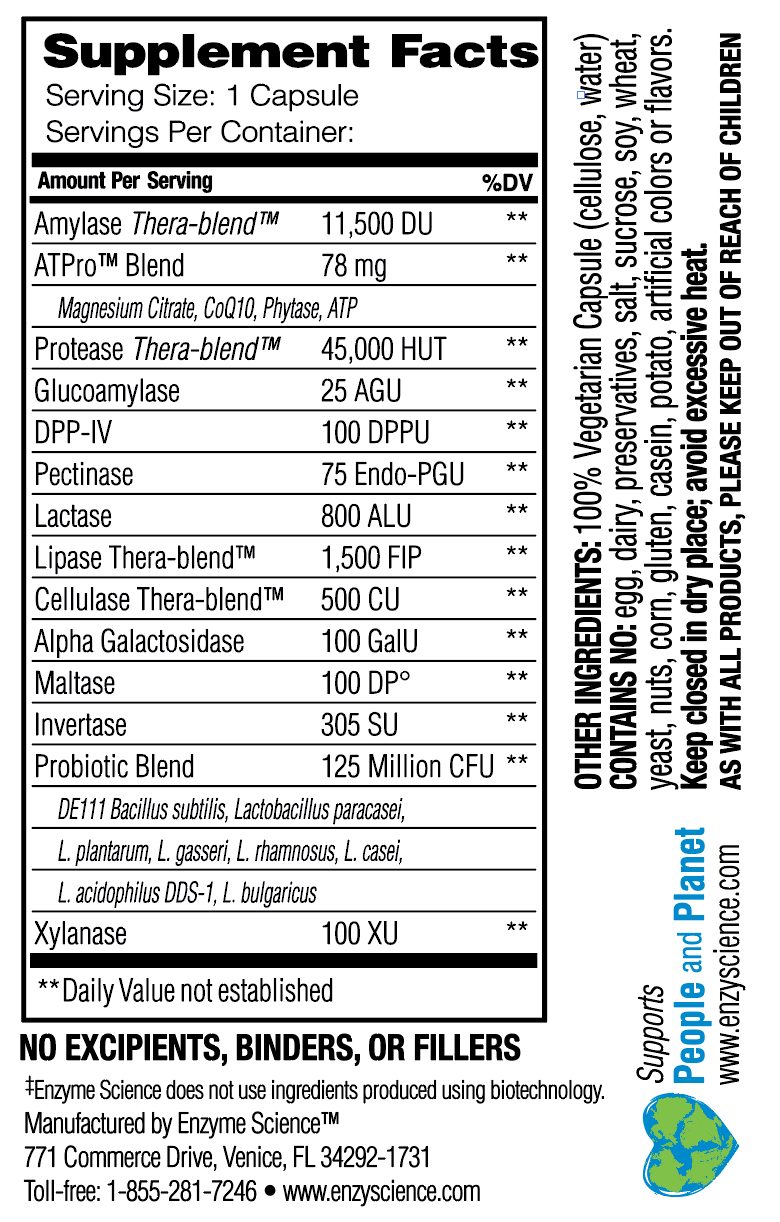

To help determine the recognition sequence for the restriction enzyme AvaII. George published a 1978 paper that sequenced the plasmid pBR322 They were harnessed in the 1970'sĪs a foundational technology for mapping and recombining DNA across all forms of life. Restriction enzymes are among the natural defense systems of bacteria to protect against viral bacteriophages. Restriction enzymes, which cut DNA at sequence-specific The enzymes we will use for our example lab are Note, DNA ladders are important references when measuring the size and topology of DNA productsĪfter an enzymatic reaction. How their plasmid designs can produce cheap DNA ladder. In a 2017 paper, Henrici et al demonstrated PPSU2 deposited by the Tan lab at Penn State University. We will be working with Addgene plasmids pPSU1 and Thermocycler, water bath, incubator, or heat blockīenchling, Snapgene, Geneious, ApE, GenBeans, or text editor TAE Buffer (Tris-acetate-EDTA), Agarose, Loading dye,ĭNA stain, 100bp and 1kbp molecular-weight markers (DNA ladders) Hardware, Software, Wetware FunctionĪddgene pPSU1 and pPSU2 bacterial stabs in vials Isolate that DNA from cells, run an enzymatic reaction on it, and show the change you made. Read and annotate the sequence files for a DNA molecule. Set up your student git page and upload your homework from the Principles and Practices class. Sticky ends from different SapI sites may not be compatible.In your groups, share 2 slides (1 min each) on potential final project ideas. Sticky ends from different BspQI sites may not be compatible. Sticky ends from different BanII sites may not be compatible.ĪpoI is typically used at 50☌, but is 50% active at 37☌. SmaI can be used at 37☌ for brief incubations.


 0 kommentar(er)
0 kommentar(er)
